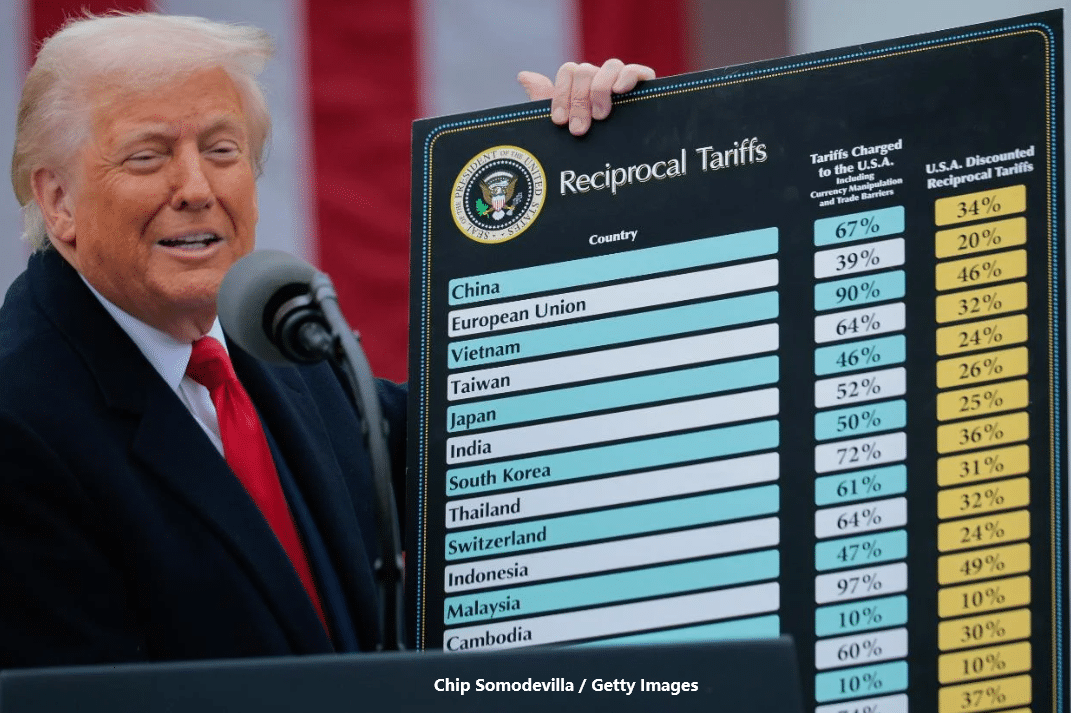Chinese social media apps ‘incredibly powerful’ sales tools
Social commerce in China is booming and New Zealand exporters are being encouraged to tap into this multi-billion dollar market.
The practice means consumers use social media – largely on smartphones – to browse, discuss, review, purchase and order products.
And while the value and volume of New Zealand goods exported to China is dropping, goods sold through social commerce channels in China is skyrocketing.
Statistics New Zealand figures show the value of New Zealand exports to China fell from $10 billion to $8.6b in the year to December 2015.
Yet Mark Tanner, from Beijing based marketing consultancy China Skinny, said e-commerce is growing three times faster than general retail and mobile commerce is growing three times faster than e-commerce.
“Everyone is talking about it here in China, but New Zealand businesses are still largely in the dark,” Tanner said.
Much of China’s e-commerce is through large business to consumer sites, such as those operated by Chinese corporate giant Alibaba including Taobao and Tmall which work in a similar way to the online marketplaces of Amazon or eBay.
But Chinese social media platforms such as multi-functional app WeChat and microblogging site Weibo are powerful platforms for building brand awareness, engaging customers, making sales and delivering goods.
“Social media is where Chinese consumers are going,” Tanner says.
New Zealand fruit marketing company Foodview has been marketing brands and selling goods using WeChat for the past three years.
WeChat is one of the largest social media apps in the world, with 650 million active users who use it for text messaging, voice messaging, group messaging, video calling, video games, sharing of photographs and videos, location sharing, contacts sharing and of course shopping.
It supports payment and is hugely influential in shaping and driving consumer behaviour in China.
Foodview executive director Sue Carter said it has just finished its second season marketing Central Otago cherries in China.
About 70 per cent of sales were through social media channels and exports sold through social media were up 360 per cent last year. She would not disclose revenue or volumes.
Foodview uses WeChat to communicate with customers and for orders, payment and delivery.
Foodview co-founder and director Zefei Zhou, who is a New Zealand educated Chinese national who speaks fluent English and Mandarin, manages the company’s social media in China.
A high level of social engagement in China is making social media the preferred channel for buying quality, trusted imported products, she said.
“It provides consumers with assured quality because they are buying through their friends,” Carter says.
More than 85 per cent of WeChat users are 18 to 36 years-old and 25 per cent of users check the app more than 30 times a day.
The true size of China’s e-commerce market is not fully understood, but research into its value have produced some staggering figures.
A 2015 report by Boston Consulting Group and Alibaba – China’s largest e-commerce company – says over the next five years e-commerce will drive 42 per cent of Chinese consumption growth with 90 per cent of that through mobile.
Chinese online spending is expected to grow 20 per cent annually by 2020 to be worth US$1.6 trillion (NZ$2.37 trillion) each year. Offline sales growth is expected to increase by just 6 per cent annually.
Another study from management consulting firm McKinsey & Company sais China’s e-commerce spending on overseas goods was worth an estimated US$40b in 2015 and growing at more than 50 per cent a year.
Glen Murphy, who is New Zealand Trade and Enterprise regional director for greater China based in Shanghai, said the Chinese are “voracious users of social media”, utilising a multitude of platforms with different characteristics.
Nearly 80 per cent of WeChat users follow marketing and brand-led accounts, but converting a social presence into sales was not easy, he said.
Foodview brand strategist John Miller said it employed about 20 Chinese food bloggers who shared information about its fruit products with their social networks.
That helped build trust amongst general users who then post their own experiences about New Zealand grown fruit, creating a snowball effect.
“It’s peer to peer trust,” Miller said.
“That kind of education and marketing effectively becomes outsourced to our customers when they start talking about it themselves.”
China is a collective society where information sharing is an important part of day to day life, particularly around food due to a general lack of trust.
“They are very rigorous in looking for information, they’re very distrusting of their food supply chains.”
Tanner said WeChat worked just as well for services as it did for merchandise.
New Zealand exporters to China could be making making better use of WeChat but it was important to remember there is no one size fits all approach.
“It is incredibly powerful but it isn’t for everyone.
“Rather than just trying to tick the WeChat box I would a do a bit of analysis into the market.”
It was just as much about consumer engagement and brand building as it was about sales, he said.
“Sales can almost be a little bit of a cream off the top.”
It is no use trying to compare Chinese social media platforms with the likes of Facebook, Twitter and Instagram because they are so different.
“You need to look at it from a fresh set of eyes rather than just duplicate or mimic what you’re doing on a Western platform.”
Chinese spent 50 per cent of their time using mobile devices engaging with WeChat.
The app has its own ecosystem with companies able to build their own infrastructure within WeChat rather than develop an independent app.
“You can order taxis, you can book hotels, you can find your nearest ATM.
“There’s nothing like it in the world. It’s all encompassing.”
Around half of all users followed fewer than 10 company accounts and there are thousands of companies spending lots of money on WeChat without much success, he said.
“If you don’t speak or write Chinese, employ a native speaker to run your account.
“Understanding culture is critical, so the more recently they have lived in China, the better.”
Businesses can also invest in Facebook style advertising on WeChat, which requires a minimum spend of 50,000 yuan (NZ$11,434).











 MENU
MENU
